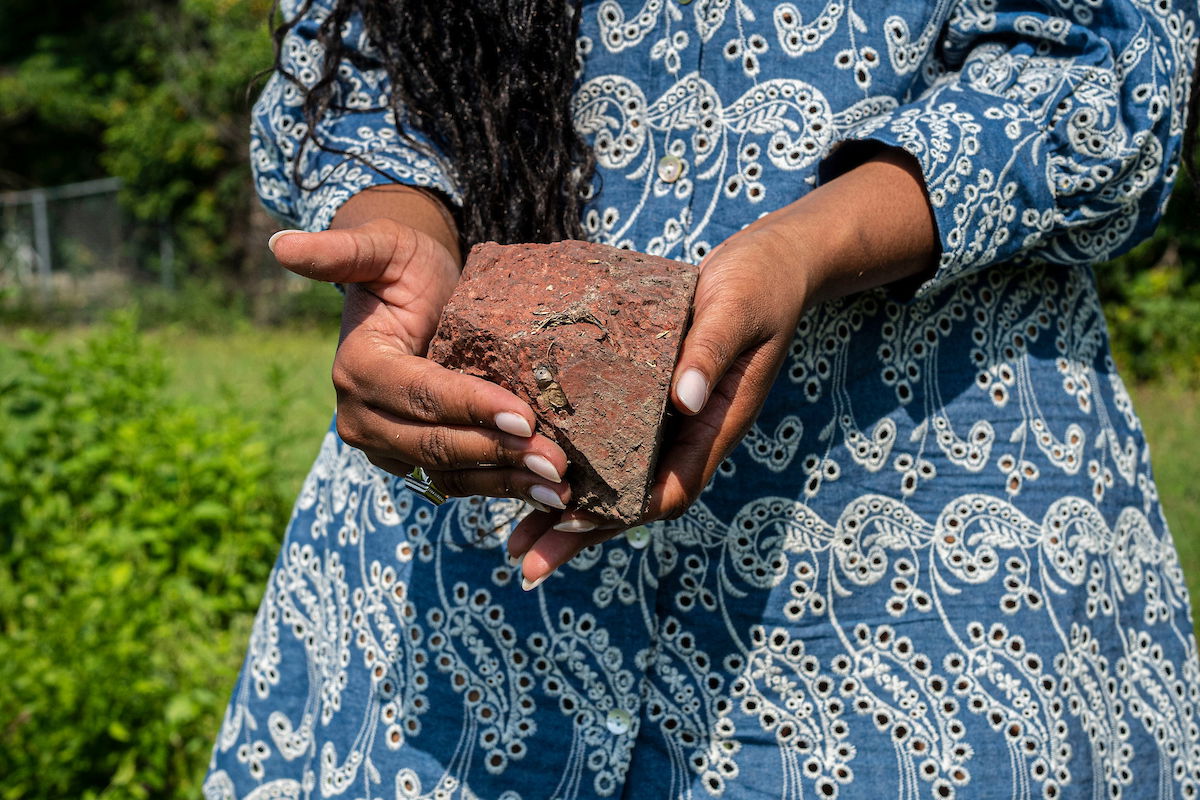“Take a good look at this campus. It is more than brick and mortar. … Take this living vibration of legacy forward with you.” —Phylicia Rashad on the legacy of Howard University
The reputation of Dallas’ Black schools reverberates throughout our city. Proud alumni of these storied schools boast fondly of their beloved Lincoln, Booker T. Washington, Roosevelt and the “Great” James Madison high schools.
For every Black school that is heralded and remembered, however, there are schools that have been erased from public memory and largely unknown today.
While these campuses are, indeed, more than brick and mortar, what happens when their existence has been erased from maps and local narratives, their doors shuttered or structures demolished?
What stories will remain?
And what about when these institutions are forced to close? What happens when their history is not closely protected and progress is closely aligned with sunsetting rather than centering their incalculable value?
Read more: A town, a cemetery and a school: Dallas’ history of erasure repeats itself
In 2011 a swath of Dallas ISD schools closed due to what the district termed budget shortfalls and shrinking enrollment. The shuttered schools overwhelmingly occupied South Dallas, with some of the most formidable Black schools of our city named for its leading Black educators and Black pioneers: H.S. Thompson, Phillis Wheatley, Pearl C. Anderson and Julia C. Frazier.
But as we began to study this recent history, we realized we would first need to understand the much deeper history of the creation and foundation of Black education in Dallas. That search led to the discovery of an earlier swath of school closures that came in the name of desegregation, but not before a legacy of education was created.
In the beginning, Black schools were formed in churches, funded by the community and religious groups, or in former white spaces handed down to Black communities to suffice as makeshift schools. Over the years, Black residents advocated for equitable schools and showed unwavering commitment to the promises education could bring even if those efforts were largely fought in vain.

The intent of our project to reclaim the history of Dallas’ Black schools is fourfold:
- Chronicle the history of Black storytellers in Dallas to illustrate our collective history and commitment to hold on to the stories;
- Document and bear witness to the history of Black schools in Dallas from the very beginning;
- Revive, highlight, amplify and create narratives that underscore the ongoing and unrelenting commitment of formerly enslaved people and their progeny to education as soon as their Freedman Settlements formed; and
- Now that the space permits, create a space in which Dallas reckons with its history in the way Dallas’ first superintendent of schools, J.T. Hand, wrote in 1890:
“Did the space permit, it would be profitable to trace the course of educational history in this city, to become familiar with the record of its successes and failures and to draw therefrom lessons that must throw some light upon the present and make clearer the pathway and the policy to be pursued in the future”
If you or a family member attended any of Dallas’ early Black schools, we want to hear from you and include your voices in this project. Contact us at history@dallasfreepress.com.
This piece introduces our project to explore, chronicle and reclaim the history of Dallas’ Black schools. It is reported through a partnership of Dallas Free Press and the Imagining Freedom Institute, with support from Press On’s Southern Movement Media Fund.

Leave a Reply